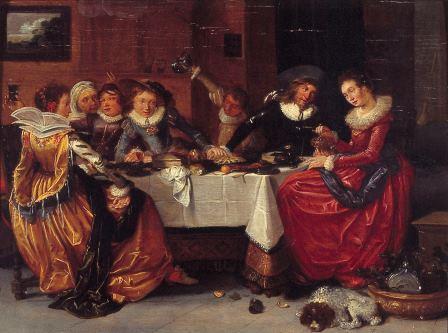Recommendation
In a letter dated 2 April 2007, the Minister for Education, Culture and Science asked the Restitutions Committee to issue a recommendation regarding a decision to be taken on the application submitted on 14 March 2007 by E.S. in Paris, acting as the authorised representative of the heirs of Rosa and Jakob Oppenheimer (hereafter referred to as ‘the applicants’) for the restitution of the following works of art:
NK 1771: P. Bordone, Portrait of a man;
NK 2244: H.G. Pot, Merry company at a table.
According to the applicants, both paintings originally came from one of the enterprises of the Margraf group in Berlin, the sole stockholders of which were said to have been the Jewish art dealers Rosa and Jakob Oppenheimer. Since their return to the Netherlands after the Second World War, the claimed works of art have been part of the Netherlands Art Property Collection (hereafter referred to as ‘NK collection’), and are currently located in the repository of the Netherlands Institute for Cultural Heritage in Rijswijk (hereafter referred to as ‘ICN’).
